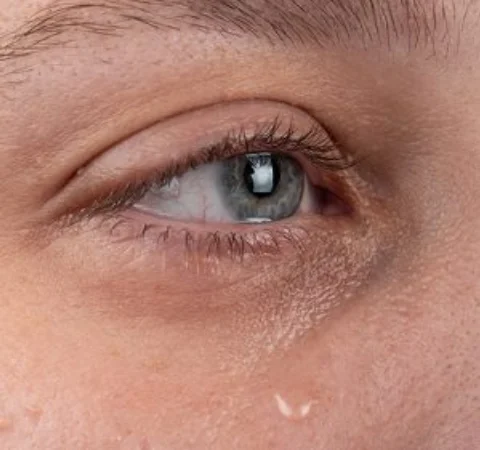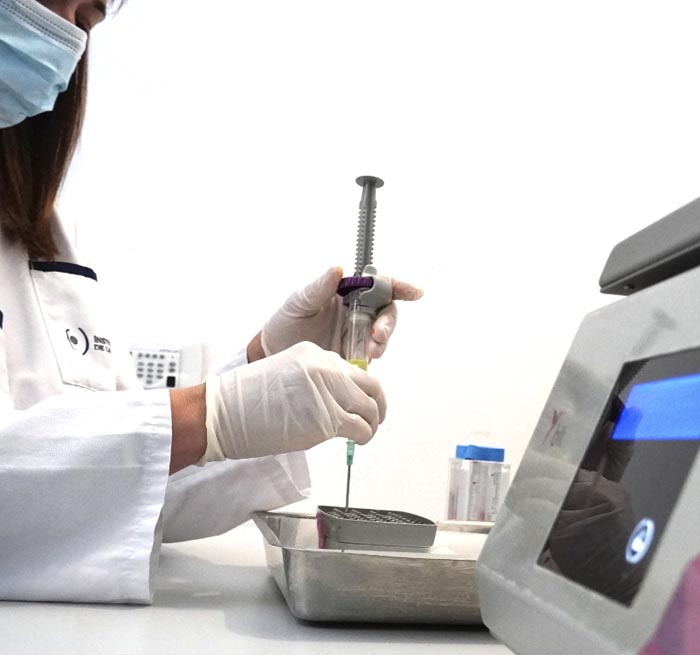Watery eyes are a relatively common issue and represent one of the most frequently reported symptoms among patients visiting an ophthalmology clinic. This condition can be quite uncomfortable, as it often requires the patient to constantly wipe away tears and may also lead to blurred vision.
The normal lacrimal drainage system
The normal tear drainage system begins at the inner corner of the eyelid, near the nose. From there, two small ducts, called lacrimal canaliculi, originate from the upper and lower eyelids and drain into the lacrimal sac—an anatomical structure closely connected to the nasal cavity and paranasal sinuses. The lacrimal sac drains directly into the nose.
Under normal conditions, the tear flow is unnoticeable in the nose, as the tears are reabsorbed thanks to the continuous passage of air. If you are experiencing persistent watery eyes or excessive tearing, it may be necessary to consult a specialist to identify the underlying cause and receive appropriate treatment.



